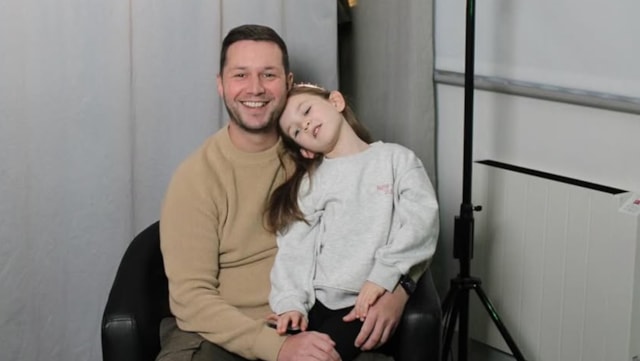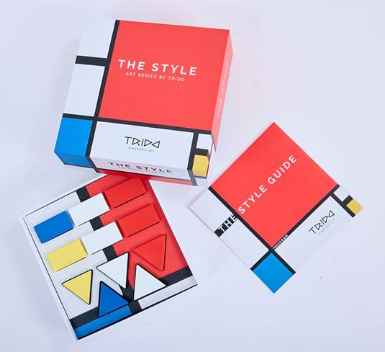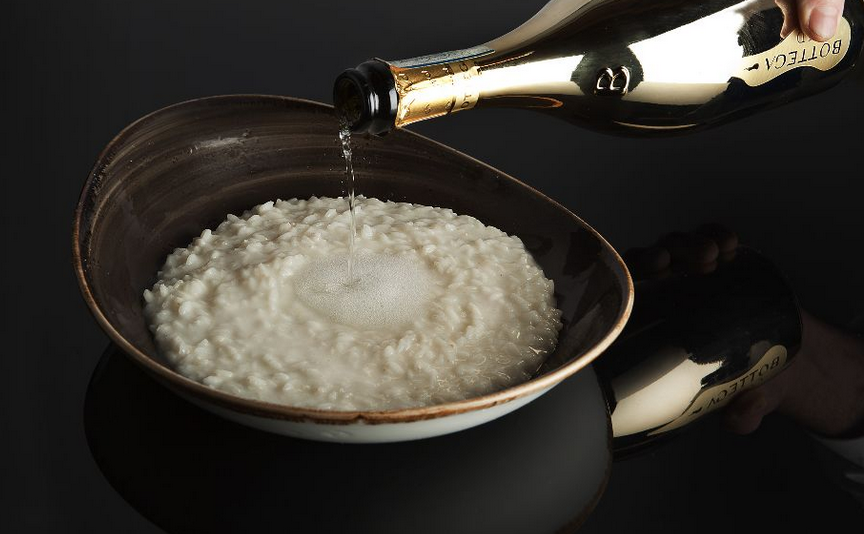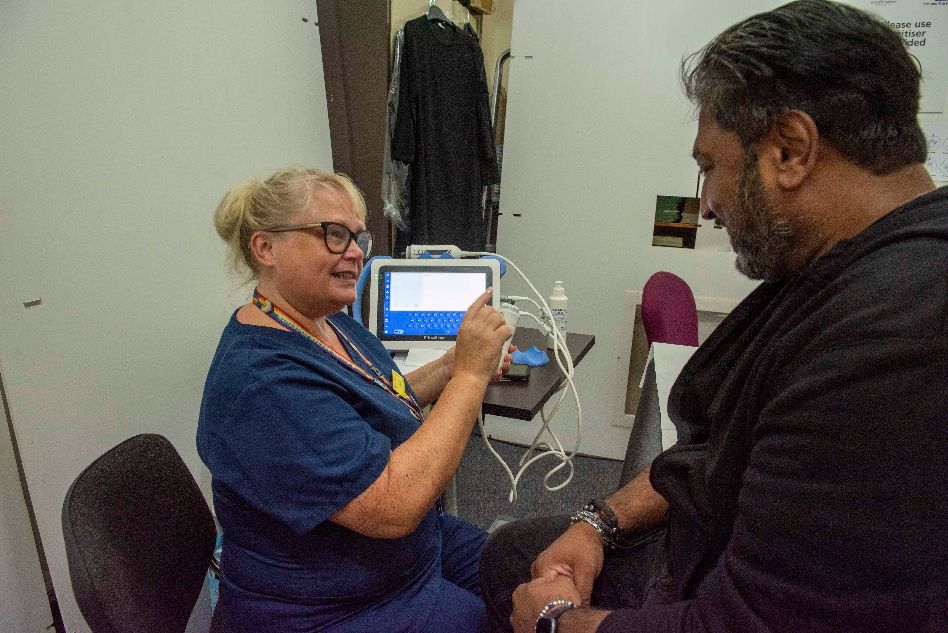A third (33%) of households — nine million — now have a ‘green’ tariff from their energy supplier, but more than half (52%) are confused about what actually makes up these deals[1], reveals new research by Uswitch.com, the comparison and switching service.
There are dozens of green energy tariffs available to consumers, and nine of the top deals are currently classed as ‘green’. In fact, three quarters of consumers (76%) say using energy from renewable sources is an important factor when choosing a deal. However, many consumers are confused about what ‘green’ really means. 17% of people don’t believe that wind power is green, while 7% wrongly consider that burning gas is — and more than a third of households (36%) are not sure if they are on a green tariff or not.
Despite UK homes receiving the same energy mix (unless households are solar powered or connected directly to a generator) more than a quarter of households (29%) wrongly believe that a green tariff means the power supplied to their home is 100% renewable. A quarter of consumers (25%) also say ‘jargon’ and ‘confusing information’ stopped them from choosing a green deal last time they switched energy suppliers, while another 9% said they don’t believe that green tariffs are better for the environment.
To tackle the confusion and help consumers navigate easier between different tariffs classed as "green", Uswitch is launching a first of its kind, independently verified accreditation scheme for renewable tariffs. The Uswitch Green Accreditation will categorise tariffs into ‘bronze’, ‘silver’ and ‘gold’ — splitting the tariffs up depending on the level of renewable energy suppliers directly buy and the level of investment they are making to support the growth of renewable energy.
Four Good Energy tariffs (SVT Electricity, Good to Fix Electricity, SVT Gas and Good to Fix Gas) have been named as the first tariffs to be classified as Gold, with more tariffs from other suppliers to be announced soon. A panel of independent experts has verified the criteria that the tariffs are being assessed against, and in particular is seeking to recognise standout examples of best practice from suppliers. The panel will review the criteria annually, to ensure it reflects current market conditions, making sure customers can always trust they are choosing a tariff that reflects best practice at the time.
Panel members include Maxine Frerk, an associate at the charity Sustainability First, Dr Jeff Hardy, a non-executive director at Public Power Solutions and senior research fellow at the Grantham Institute at Imperial College, and Rosie McGlynn, director at Mentone Energy Consultancy. Other members include Dr Matthew Hannon, a senior lecturer at the Hunter Centre for Entrepreneurship within the University of Stratchlyde's Business School whose research examines the policy and market conditions necessary to accelerate low-carbon energy technology, Chris Welby, trustee of Severn Wye Energy Agency, chaired by Uswitch.com’s head of regulation Richard Neudegg.
What each classification means:
|
Classification |
What it means |
|
Bronze |
Bronze Standard Green tariffs provide electricity that is matched with renewable generation certificates (REGOs). Suppliers can buy these certificates from renewable energy generators and they show how much renewable electricity has been put on the grid. |
|
Silver |
Silver Standard Green accreditation is given to tariffs that include 42.9% of electricity bought directly from renewable generators via so-called Power Purchase Agreements (PPAs). The number is based on the proportion of renewable energy generated in 2020. Dual fuel tariffs that have slightly less electricity purchased via PPAs (around 32.9%) can still reach Silver Standard if they include some green gas (biomethane) in the gas mix and/or offset the gas consumed through schemes that can be traced to specific carbon offset projects, following a world-class quality standard. |
|
Gold |
Gold Standard tariffs will provide 100% of renewable electricity from PPAs and 10% of green gas. These tariffs will also provide a meaningful contribution towards increasing and/or promoting renewable energy, for example investing into future renewable generation, such as wind or solar and market innovations that help promote renewable uptake. The independent panel has reviewed these tariffs and handpicked the ones that can truly be called market leading in their environmental credentials. |
The Uswitch Green Accreditation will give consumers more transparency when they choose an energy tariff - and help them make more informed choices easier.
Richard Neudegg, head of regulation at Uswitch.com, comments: “Green tariffs are increasingly in demand from those who want to do their bit for the environment, but it’s clear that there’s a vast gulf between the perception and the reality of what makes up these deals.
“Our accreditation system is an industry first, and will make it easier for consumers to make an informed choice when selecting a green energy deal, based on where the energy actually comes from and how much the tariff contributes towards renewable energy in future. It’s evident that confusion in the renewables space has been brewing for some time and we want to be on the front foot to help consumers identify the varying levels of green that are being presented to them.”

















